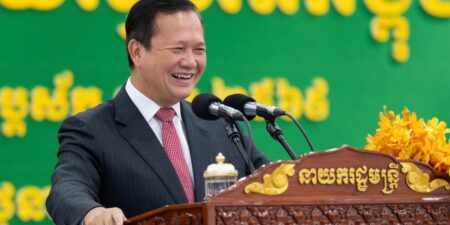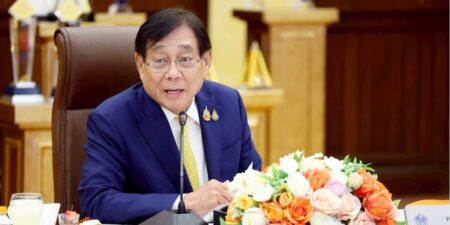BowerGroupAsia wrote an update to clients on how the earthquake in Myanmar has exacerbated the country’s political and economic crises.
Context
- Myanmar’s military junta, the State Administration Council (SAC), released a devastating damage and loss assessment one month after a 7.7-magnitude earthquake struck Mandalay, Sagaing and Naypyitaw. According to the preliminary report, 3,763 people were killed and 5,107 injured. The quake also destroyed nearly 64,000 houses, close to 7,000 schools, more than 5,000 religious buildings, almost 600 hospitals and clinics, over 50 rail lines, some 270 roads, over 170 bridges and nearly 400 electrical transformers.
- The disaster also devastated regions such as Sagaing and eastern Bago, which were already suffering from armed conflict prior to the natural disaster. For its part, the SAC has received donations and emergency aid totaling MMK 116 billion ($25 million) and allocated a recovery budget of MMK 110 billion ($24 million) to Sagaing and Mandalay — the two most severely affected regions. These resources are barely sufficient to build temporary shelters and restore critical infrastructure, further disrupting the economy and deepening public discontent.
Significance
- The earthquake severely disrupted key logistics hubs in central Myanmar, impacting agricultural supply chains and major trade routes that connect the country’s agricultural heartland to export destinations. The collapse of the Innwa Bridge, one of only two critical links between upper Myanmar and Mandalay’s commercial and logistics networks, has further exacerbated the situation.
- International assistance has been slow to reach the affected regions, hindered by ongoing conflict, logistical difficulties and the existing sanctions regime, which complicates external support for reconstruction. Under these circumstances, post-disaster challenges risk deepening Myanmar’s ongoing emergencies.
Implications
- The earthquake prompted some conflict parties to declare temporary ceasefires. However, as the SAC’s unilateral ceasefire declarations and those by opposition groups approach their end-of-April deadlines, the prospect of a lasting ceasefire appears increasingly uncertain.
- SAC Chairman Min Aung Hlaing has reiterated plans to hold national elections by December 2025, a move that has alienated many earthquake-affected communities. With many still displaced and reconstruction slow to start, local frustration is mounting.
We will continue to keep you updated on Myanmar’s recovery from the earthquake, as well as political and economic developments in the country. If you have any questions or comments, please contact BGA Myanmar Senior Adviser Dr. Zaw Oo at zaw.oo@bowergroupasia.com.
Best regards,
BGA Myanmar Team

BowerGroupAsia


























